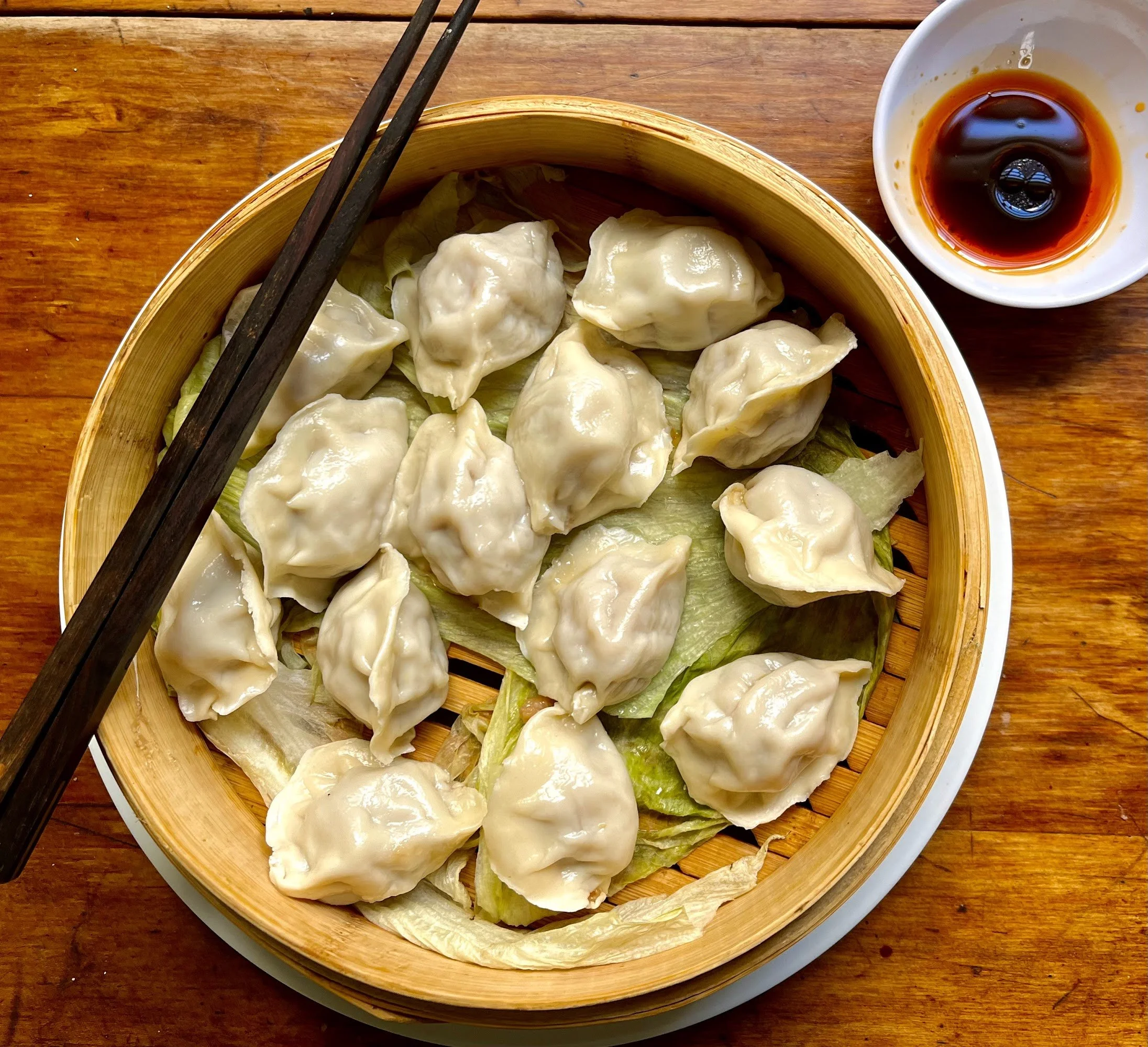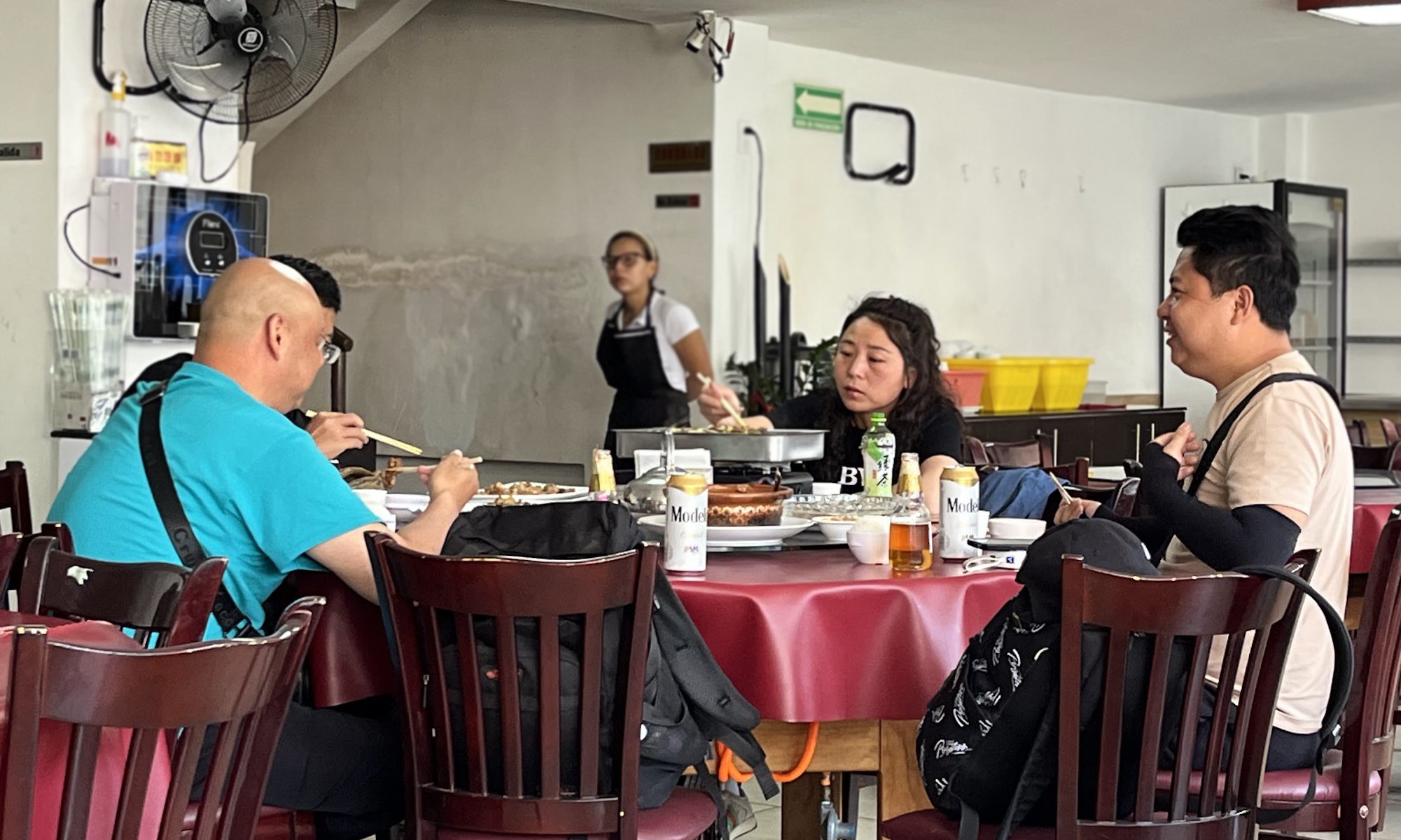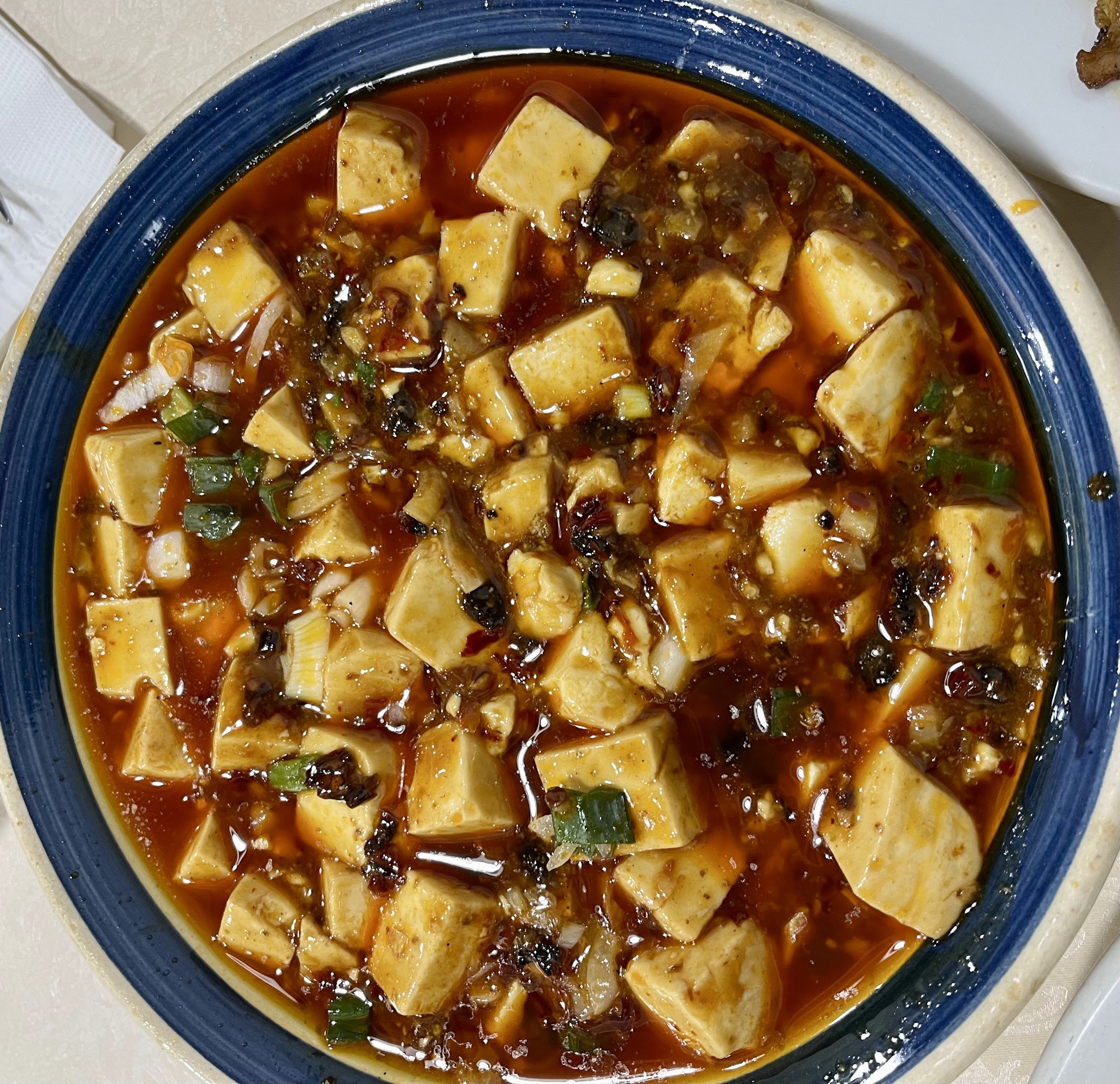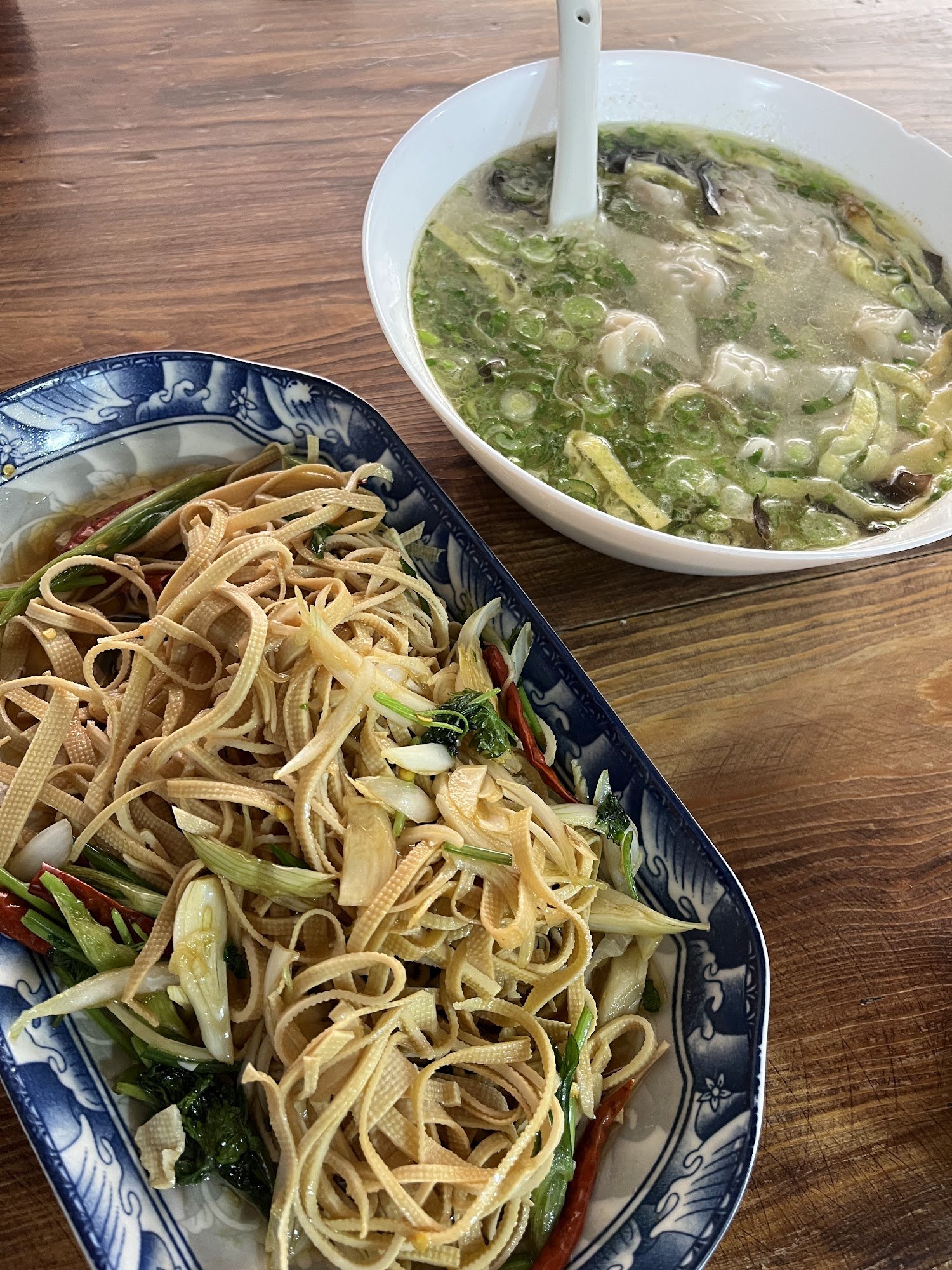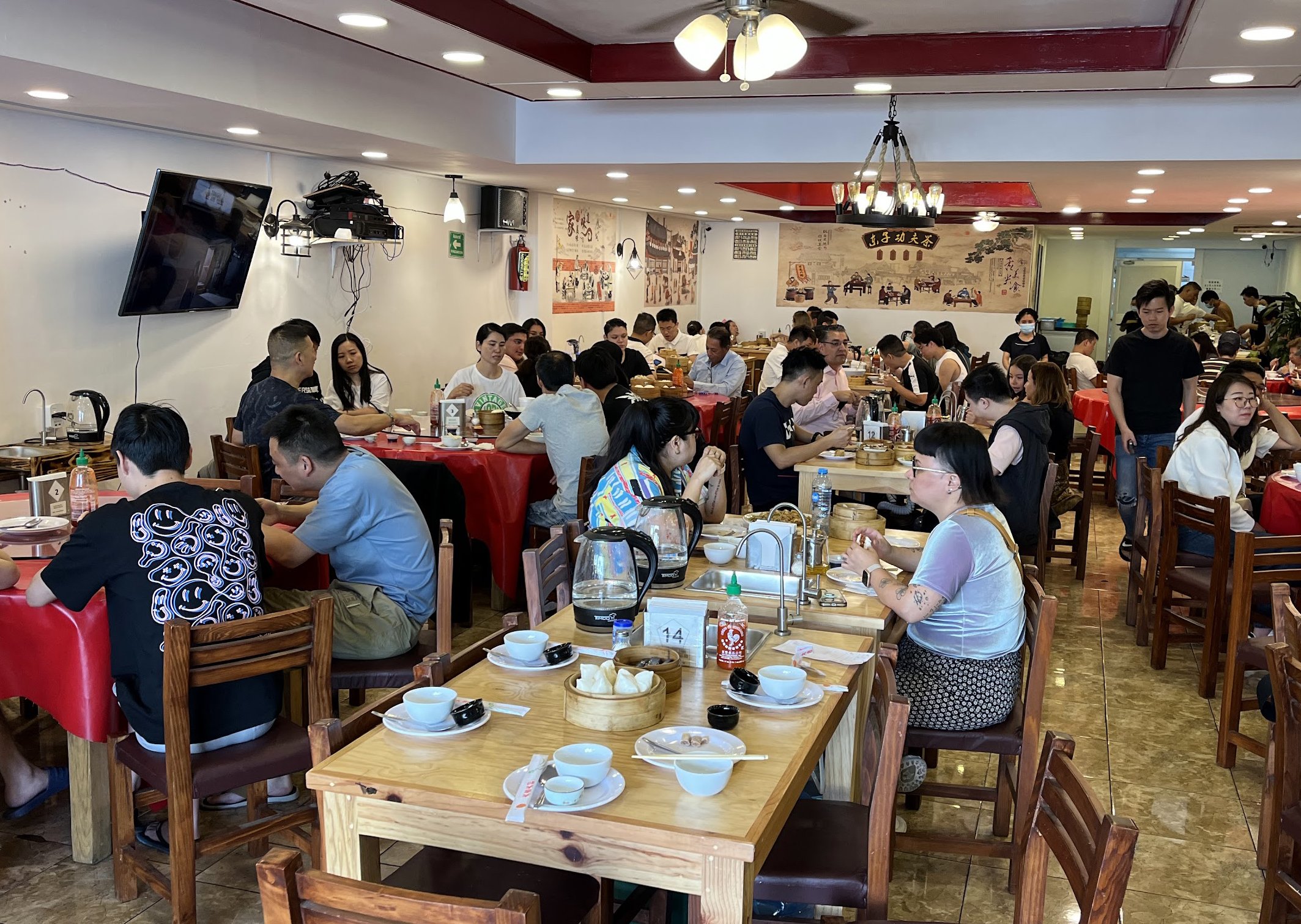Chinese for Chinese – the Real Thing (Part 1)
When people ask me what I miss about my former life in the Big Apple, my usual answer is “family, friends, and good Chinese food.” To make authentic foreign food, you need authentic foreigners, and Mexico City, unlike other great world metropolises, is not so culturally diverse for its size– most people here are Mexican. So if, like me, you’ve slogged through gloppy, celery and corn-starch-laden meals in our ersatz ‘Chinatown’ (Calle Dolores in the Centro Histórico), or paid through the nose for gussied up chop suey in Lomas, you’ll be happy to know that there is good, genuine Asian food in this city—you just have to know where to find it.
Asians landed in Mexico in the 19th century when Porfirio Diaz, looking to modernize the country, opened Mexico’s doors to foreigners. Chinese, Japanese and later, Koreans, arrived in significant numbers. The Chinese immigrants built railroads and irrigation systems in the north, and worked on farms in the south. Utilizing their skills for fast cooking, some established “Cafés de Chinos”, (see my article) the Mexican equivalent to the iconic American coffee shop, serving up breakfast any time of day, and offering what we would call Chinese/American dishes, like chow mien and chop suey. But it’s the recent wave who, since the turn of the millennium, have arrived and demand more sophisticated fare. Many venues catering to the Chinese community have opened in the last few years, some of which don’t even offer menus translated into Spanish. I present a partial list, more to come.
Ka Won Seng
Many years ago, ex-New Yorker, author David Lida, led me to Ka Won Seng, located south of the centro in Colonia Viaducto Piedad, our city’s “real” Chinatown. He’d learned about it from a taxi driver whose sister-in-law is Chinese. The hand-scrawled note on the front door admonishes that “No hay comida mexicana, café, ni pan dulce” (we don’t serve Mexican food, coffee nor sweet rolls) thus warning non-Chinese patrons that this is not a café de Chinos. Closed during the pandemic, the dining room is back in full swing and putting out great Cantonese fare and it’s better than ever. I recommend ma po tofu, seafood with tofu in abolone sauce and eggplant in fish sauce (a sauce containing no fish whatsoever).
Ka Won Seng Restaurante Chino
Albino Garcia 362, corner of Av. Santa Anita, Colonia Viaducto Piedad, Metro Viaducto View map
Open Tuesday through Sunday, 12 – 9 p.m., closed Monday
Tel. 55 5538 2368
Price pp about $400
Ma po tofu at Yi Pin Ju
Yi Pin Ju
A restaurant specializing in Szechuan food, until recently, was nonexistent in our city. But a humble place in the middle of Zona Rosa, preparing this beloved fiery cuisine, opened a few years ago and then closed during the pandemic. The good news is that Yi Pin Ju has finally re-opened. The mainstay of its menu comes from the southwest provinces of Szechuan and Shaanxi to its north where the balance of ma-la—spicy and numbing—is the goal. Szechuan pepper is omnipresent as are chiles, dry and fresh. Recommended: Yangzhao fried rice, Xi’an Liangpi (cold peanut noodles), pescado estilo Sichuan.
Yi Pin Ju
Londres 114, between Genova & Amberes, next to the Hotel Geneve, Colonia Juarez aka Zona Rosa View map
Tel. 55 55145837, 544696072
Open daily from 12 until 9 p.m.
Price pp about $500
Wenjhou
This is perhaps my favorite Chinese in the city. Located on a rather dreary street not far from the Alameda, the dining room was recently renovated and while décor-less, is clean and light-filled. The kitchen puts out finely tuned dishes whose flavors are fresh and distinct. Its menu, while principally Cantonese, includes a few Szechuanese options. Poor translations to Spanish can make selection chancy so I sometimes resort to Google Translate (from the original Chinese) using the camera option, to clarify matters. I like the ma po tofu which is my favorite comfort dish, berenjena con pescado seco (eggplant with dried fish), camarones fritos sal y ajo (salt/garlic fried shrimp). Be aware that only cash is accepted.
Wenjhou
Humboldt 44, Centro (see map)
Tel. 55 5512 6163
Open Tuesday – Sunday 11:30 a.m. to 10 p.m., closed Monday
Price pp about $400
Dim sum @ Hong Kong
Gong Zi Gong Fu Te (AKA Hong Kong)
It is odd to find this bright, cheerful Chinese venue, frequented principally by Asian customers, in the middle of nowhere – “mysteries of the Orient.” The best thing about it is the dim sum, which draws crowds on Saturday and Sunday mornings. Standard yum cha like siu mai, har gao and lotus leaf rice are excellent. Be prepared to wait for a table. There are no carts; take your bill to the table in back and choose from there. The tea situation may be confusing as you are supposed to make it yourself—I prefer to call a wait-person to help with that. During the week generous portions of Cantonese fare are offered. Bring cash, cards aren’t accepted and there are no ATMs anywhere nearby.
Dr. Vertiz 692, Colonia Navarte (see map)
Open Monday – Friday 1 – 7:30 p.m., Saturday, Sunday 9 a.m. – 8 p.m.
Dim sum Saturday/Sunday 9 a.m. – 12 p-m.
Price p.p. $500
Jing Teng
This small locale, run by a husband-and-wife team from Hong Kong, is located in Colonia Viaducto Piedad, a non-descript neighborhood that is our city’s true “Chinatown” as it houses a number of restaurants, shops and even beauty parlors catering to Chinese immigrants. Jing Teng offers about a dozen kinds of dim sum every day, from around 10 a.m. to 1 p.m. so this is the place for the yum cha-deprived.
Jing Teng
Calle 65 sur, near the corner of Av. Santa Anita, Colonia Viaducto Piedad (see map)
Price pp Under $300
Ten Seconds (Shimiaodao) Yunnan Rice Noodle
Ten seconds is a branch of a Chinese chain proffering Yunnan cuisine; specifically, rice noodle soups. Yunnan, a southwestern province of China, features cooking characterized by its spicy and sour flavors. Due to its location, Yunnan cuisine has been influenced by the neighboring regions of Tibet, Sichuan, and Southeast Asia, creating a fusion of cultures and flavors. The set up here is fast food-style: choose from a QR code menu; the order is then posted on a digital board. There are several broth styles to choose from; my favorite is sopa picante con filete de pescado (spicy broth with fish filets). The gimmick here is that extra noodles will be added free of charge, but the bowl is huge so I have never taken advantage of this generous offer.
Ten Seconds (Shimiaodao) Yunnan Rice Noodle
Moliere 353, Polanco (see map)
Price pp under $300
The chef @ Chengdu Story
Chengdu Story
The “story” here is wonderful Szechuan noodles and dumplings. The owner/chef hails from Chengdu, the capital of the aforementioned state. He opened this modest 2 story, pet-friendly space at the dawn of 2024 and plans to expand the currently limited menu to include an array of Szechuanese “salads” i.e., accompanying cold dishes. A dry “fideos a la boloñesa” is a poorly translated version of that Szechuan comfort food, dan dan noodles and is highly recommended.
Chengdu Story
Amberes 81-A, Zona Rosa (see map)
Tel 55 3182 0223
Open 11 a.m. – 10 p.m., Tuesday – Sunday (closed Monday)
Price pp average $300
Ciaotienmen Hotpot
A number of hotpot restaurants have opened recently in the Polanco and Zona rosa area. This style of communal eating, in which pots of aromatic broth are kept bubbling at the center of the table while diners dip meat, vegetables and noodles then augment to taste from a huge assortment of condiments, has become wildly popular throughout the Asian world. This surprisingly elaborate restaurant opened a few months ago within the Plaza Corporativo, an office complex at the western edge of Polanco. Decór is over-the-top faux Forbidden City and a number of private rooms house rowdy groups of Chinese office workers who celebrate this or that. The culinary style here is southern Chinese, i.e Szechuan, which is characterized by a spicy, oily, “ma-la” (picante/astringent) broth. On our last visit we ordered 2 separate broths, one spicy the other less so, and a number of meats, vegetables and noodles. Hotpot is a social activity so I recommend this for groups of at least 4.
Ciaotienmen Hotpot
Av. Ejército Nacional Mexicano 1028, Polanco (see map)
Open daily 1:30 – 9:30 p.m.
Tel 55 51396372
Price pp average $750
Bao Bao - photo courtesy Bao Bao Taiwanese Eatery
A Bao @ Bao Bao
Bao Bao Taiwanese Eatery
In Chinese, Bao means dumpling and it also means treasure. Bao Bao offers the former and is the latter. Owner Kathy Fong, of Taiwanese parentage, presents her comfort foods culled and studiously reproduced from the Taiwanese lexicon. These include a number of filled steamed breads (the bao), classic Shanghai soup dumplings, a few Asian salads, sautéed rice and noodles. A knockout dish is smoked tea duck breast served with rice and an umami-filled dipping sauce. Taiwanese fried chicken nuggets, a street food standard, is chicken marinated with five-spice, rolled in sweet potato flour and deep fried—it is crunchy, juicy and aromatic. Tea aficionados will be glad to know that Bao Bao offers one of the most adroitly curated tea menus in the city.
Bao Bao Taiwanese Eatery
Guanajuato 202, Roma see map
Tel. 55 6271 4744
Open 1 -10:30 Tuesday – Saturday, Sunday until 6; closed MondayPrice pp average $600

